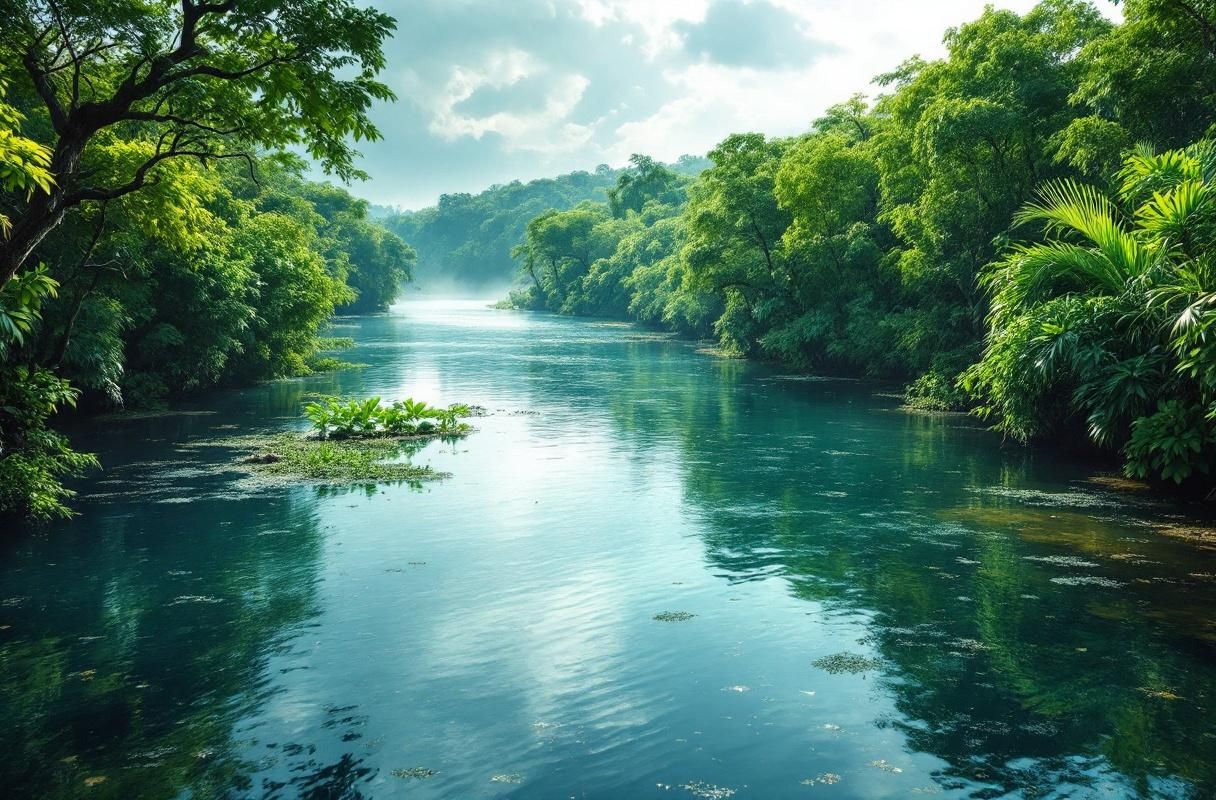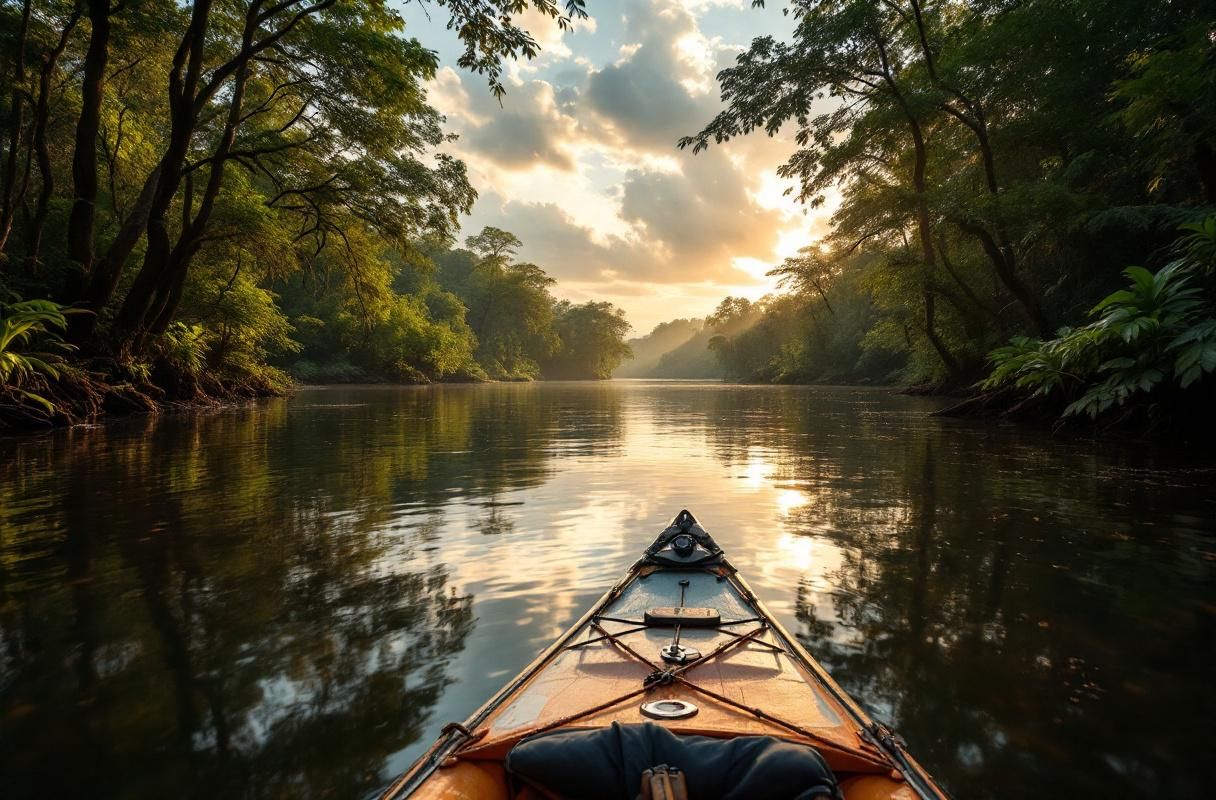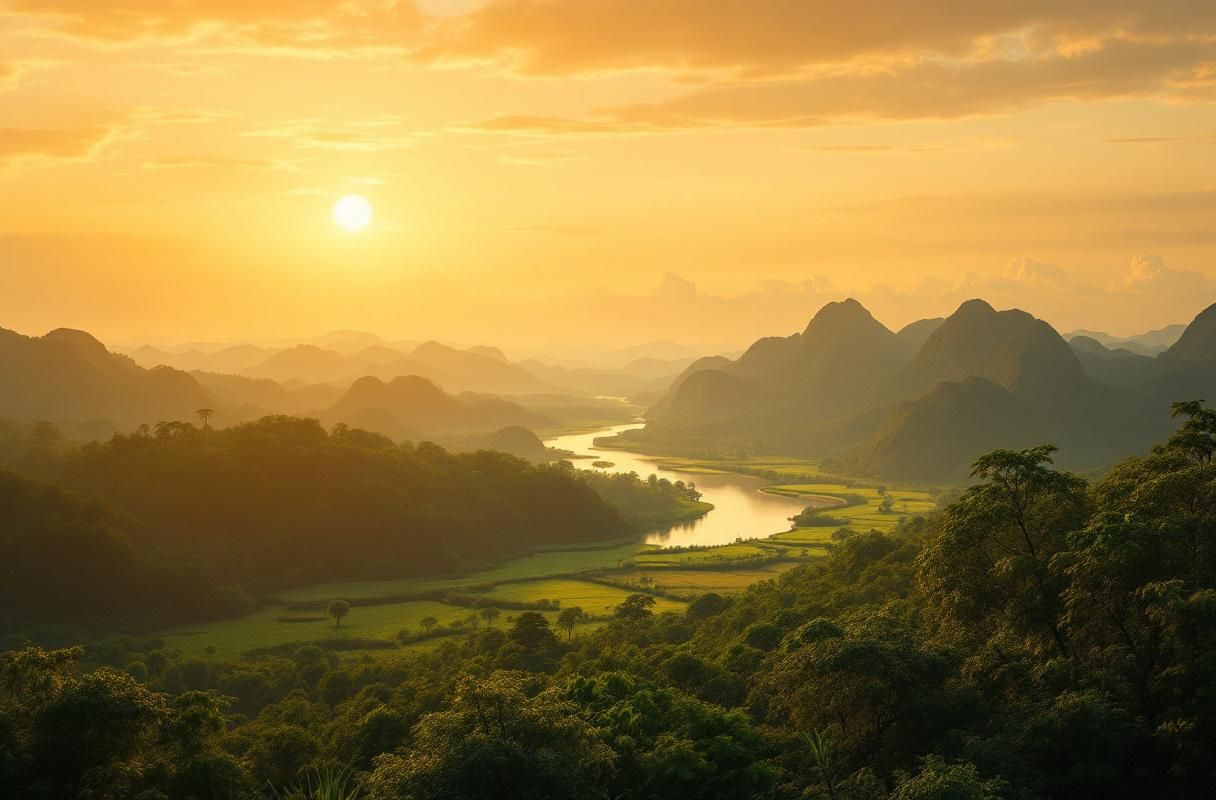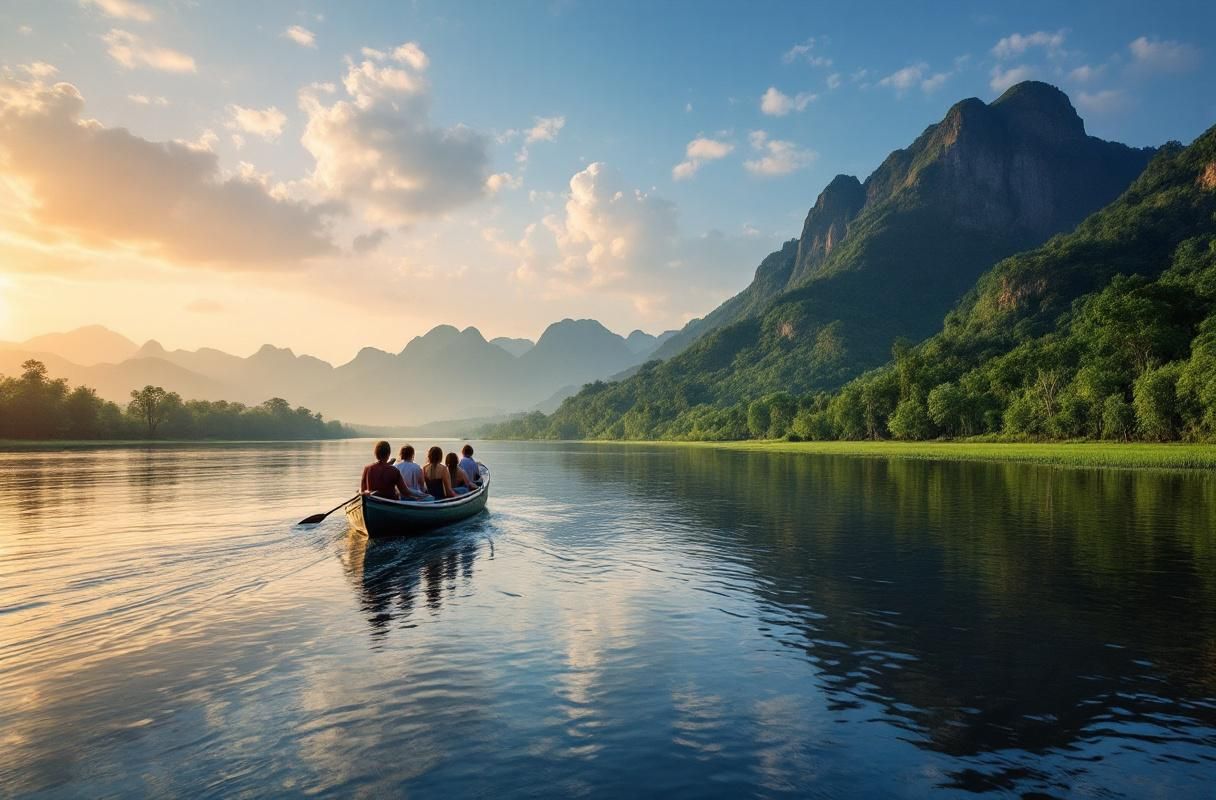
Dive into the heart of one of the world's most biodiverse ecosystems, the Amazon River. Stretching over four thousand miles, this river is not just a body of water; it is a lifeline for countless species and indigenous cultures. The Amazon River and its surrounding rainforest are home to an astonishing variety of wildlife, unique tours, and rich tribal histories, making it a prime destination for adventurers and nature lovers alike.

This guide explores the unique wildlife, tours, and tribes of the Amazon River, while also addressing the environmental challenges that threaten this incredible ecosystem. Understanding the intricacies of the Amazon River ecosystem and its inhabitants is vital for anyone looking to experience its wonders fully.
The Amazon River is a treasure trove of biodiversity, hosting thousands of species, many of which are not found anywhere else on the planet. From vibrant fish like the piranha and electric eel to majestic mammals such as the Amazon river dolphin, the river supports a complex web of life. The surrounding Amazon rainforest further enriches this biodiversity, providing habitats for countless birds, reptiles, and insects.

Biodiversity plays a crucial role in maintaining the health of the Amazon River ecosystem. Each species, no matter how small, contributes to the overall balance and functionality of the environment. The intricate relationships among these species help regulate the ecosystem, ensuring that natural processes such as pollination and nutrient cycling continue. Protecting this biodiversity is essential not only for the survival of the species themselves but for the health of the entire Amazon River system.
The Amazon River's biodiversity provides numerous ecosystem services, such as clean water, climate regulation, and resources for local communities. Furthermore, the genetic diversity found within these species can lead to discoveries in medicine and agriculture, showcasing the need to preserve this natural wealth.
For those seeking excitement, the Amazon River offers a plethora of tours that cater to every adventurous spirit. From guided wildlife safaris to canoeing excursions, visitors can immerse themselves in the stunning natural beauty and diverse wildlife of the region. Here are five of the best tours that promise unforgettable experiences.

Wildlife Safari Tours: These tours typically include guided treks through the rainforest, where you can spot various species like sloths, toucans, and monkeys in their natural habitat.
Canoeing and Kayaking Adventures: Paddling through the Amazon River allows for a close-up view of the stunning flora and fauna, with opportunities to encounter river dolphins and exotic birds.
Fishing Expeditions: Fishing tours often focus on catching native species such as piranhas and catfish, providing both thrill and culinary delight.
Cultural Tours: Engage with local tribes and learn about their traditions, crafts, and ways of life, enriching your understanding of the Amazon's cultural diversity.
Night Tours: Experience the Amazon River after dark, where you can witness the nocturnal wildlife and hear the unique sounds of the jungle.
When choosing a tour, consider factors such as the expertise of the guides, safety measures, and the ecological impact of the activities. Responsible tourism practices should be a priority to ensure that the rich biodiversity of the Amazon River remains intact for future generations.
Despite its beauty, the Amazon River faces significant threats, primarily from pollution. Various forms of pollution, including plastic waste, agricultural runoff, and mining contaminants, have detrimental effects on the river's ecosystem. These pollutants not only degrade water quality but also harm the wildlife that depends on this habitat.
Pollution leads to a decline in fish populations, impacting local fisheries and the livelihoods of indigenous communities. Toxic substances can accumulate in the food chain, posing health risks to both wildlife and humans. The degradation of the river’s natural environment also disrupts the delicate balance that sustains its biodiversity.
The effects of pollution are stark; species such as the Amazon river dolphin are particularly vulnerable, as pollutants can lead to reproductive issues and decreased populations. Understanding these consequences emphasizes the need for robust conservation efforts to protect the Amazon River ecosystem.
The Amazon River is not only a natural wonder; it is also home to numerous indigenous tribes, each with its own unique culture and history. These tribes have lived in harmony with the land for centuries, relying on the river for sustenance and cultural identity.
Major tribes such as the Yanomami, Ticuna, and Kayapo have rich traditions that include unique languages, arts, and spiritual beliefs tied to the Amazon River and its surrounding environment. Their deep understanding of the ecosystem has allowed them to thrive sustainably, even as external pressures threaten their way of life.
The cultural practices of these tribes are deeply intertwined with the natural environment. Rituals, music, and storytelling often reflect their relationship with the Amazon River, highlighting the importance of preserving both cultural heritage and natural resources.
Fishing in the Amazon River is not just a pastime; it is a way of life for many local communities. Anglers can expect a diverse range of fish species, each offering unique challenges and rewards. Understanding the best fishing spots and techniques can enhance your fishing experience in this vibrant ecosystem.
The Amazon River is home to species such as the ferocious piranha, the formidable arapaima, and various catfish species. Each of these fish presents different techniques for successful angling, from using live bait to fly fishing.
Some of the best fishing locations include the flooded forests during the rainy season, where fish congregate in search of food, and the deeper channels of the river during the dry season. Local guides can provide insights into the most productive fishing areas based on the time of year and environmental conditions.
The Amazon River is a treasure trove of biodiversity and culture, but it faces significant threats from pollution and habitat destruction. Understanding the unique wildlife, engaging with indigenous tribes, and participating in sustainable tourism can help preserve this vital ecosystem.
Join a tour to experience the Amazon firsthand or support conservation efforts to ensure that future generations can enjoy the wonders of the Amazon River. The adventure awaits, and your journey into this magnificent wilderness could be the key to fostering awareness and protection for one of the planet's most extraordinary natural treasures.
Get free resources, early access to new features and updates.
No spam. Just fun educational emails!